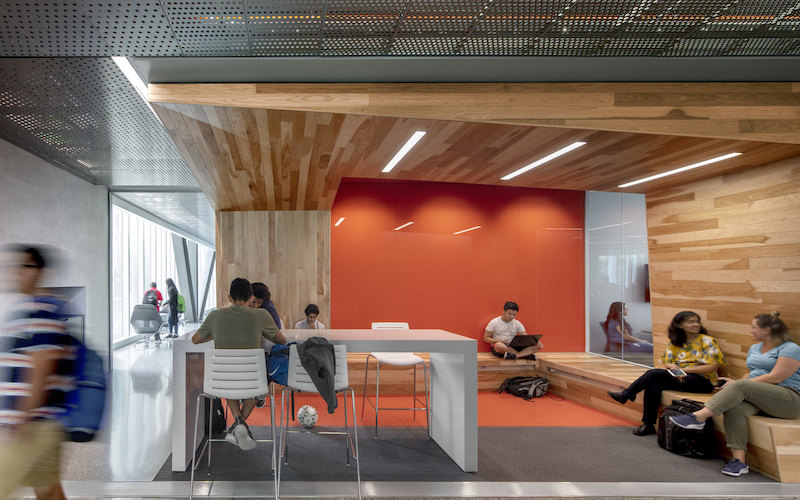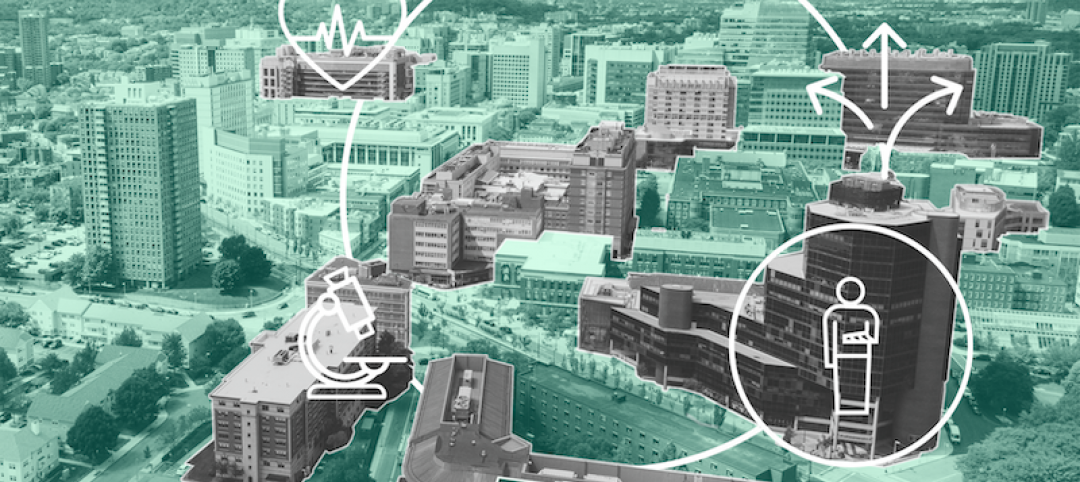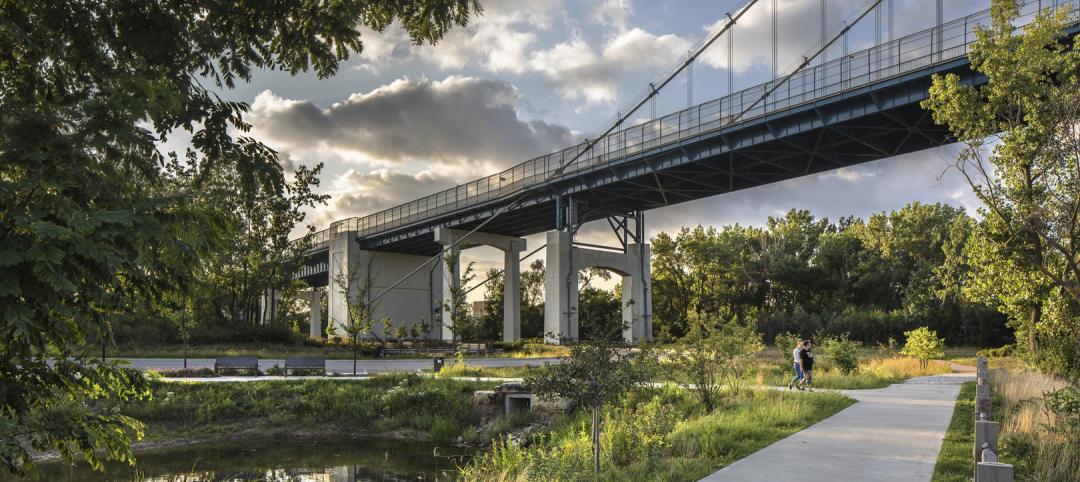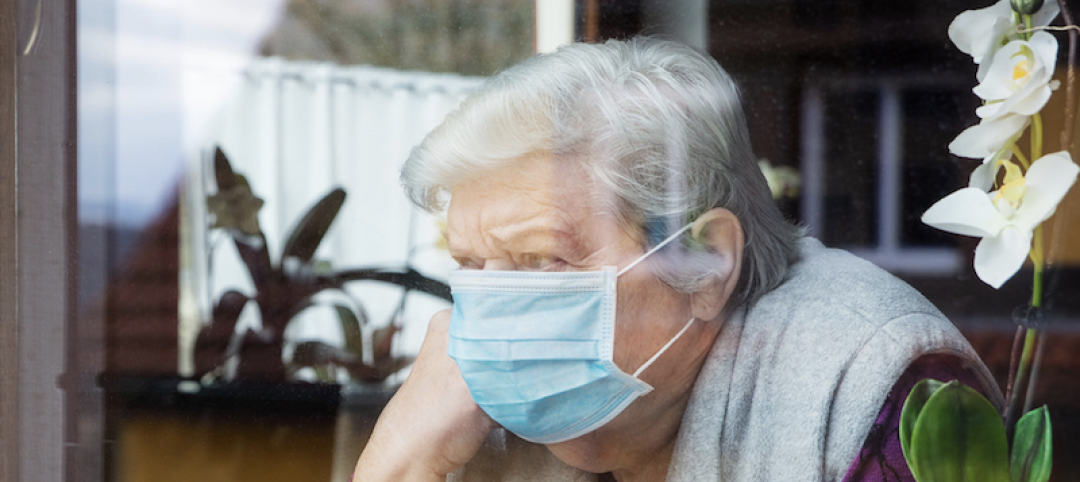Inheriting a legacy that was not always known for inclusivity, many higher education institutions today are intentionally engaging students of different backgrounds and identities. Inclusivity is so important for the next generation of students and the academic institutions wishing to recruit and retain them, that Equity, Diversity and Inclusion has become its own major topic or department on many higher education campuses. Welcome to the first in a five-part series, Designing for the Next Generation of Student Life, where we explore some of the most progressive ideas impacting the student experience today.
Inclusivity covers a wide range of complex and nuanced issues. Everything from confronting confederate statues, to providing gender neutral bathrooms, to enhancing personal security has made this a national conversation. To serve the next generation of students, colleges and universities are reaching beyond diversity goals and building intentional environments that foster inclusivity. When a prospective student evaluates an institution, they are imagining whether they can see themselves there as an individual—appreciated for their own background, values, strengths, aspirations, and yes, find others that look like them. At the same time, this student wonders how they can become part of a larger group, a campus community that defies individual or pre-existing boundaries. The inclusivity conversation with our clients is generating new design opportunities that celebrate both individual and collective identities.
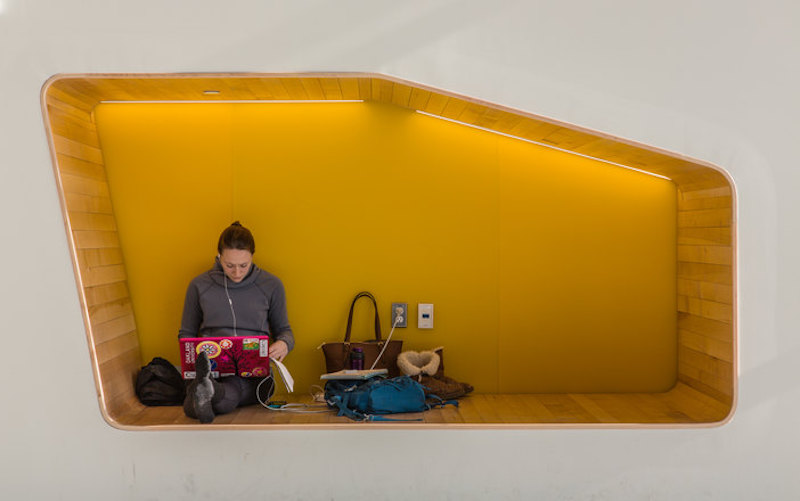 Oakland University Engineering Center / Collaboration spaces are abundant, yet ideal places to study alone are also distributed throughout the building offering balance between individuality and connectivity.
Oakland University Engineering Center / Collaboration spaces are abundant, yet ideal places to study alone are also distributed throughout the building offering balance between individuality and connectivity.
Individual Identity
In one of our recent Student Life projects, the client told us that celebrating different cultural backgrounds should not occur once a year or happen in one isolated room but should be on proud display. We’ve learned from this insight placing large photos of students from different backgrounds, curating stories of famous alumni, and showcasing a variety of campus experiences on living room and corridor walls. Multi-cultural centers can also play an important role as stand-alone facilities or as spaces within the student union. These centers are trending away from individual “offices” for different student groups toward common gathering spaces, program sponsorship, and support resources. As the pace of demographic change increases, the flexibility of this space type will be increasingly important.
Our master planning work at California State University, Chico has focused on creating a more welcoming and inclusive environment for first generation and lower income students. This priority caused us to examine support systems like tutoring that could be offered on nights and weekends (when students are more available), more affordable housing options for that on-campus living/learning experience, and more distributed collaboration space to encourage peer-to-peer connections. We have seen many campuses develop language translations for their websites, immediately and easily customizing content to international students. And, we’ve seen something as simple as community kitchens in the residence halls encourage students to cook their favorite cultural meal for fellow classmates.
We all know that gender neutral bathrooms are striving to meet the needs of individual gender identities. Additional design solutions for individuality include customizable furniture, areas for personal time (hammocks to name just one colorful choice), and phone booths for private conversations. One idea yet to reach its full potential is how successive generations of students might leave their mark on the institution. Can they inscribe their name on a walkway, or leave something behind as a memento, or contribute to an ongoing campus project? Together, the design priorities of privacy, personal security, and individual expression are helping students feel more included and appreciated in the student life environment.
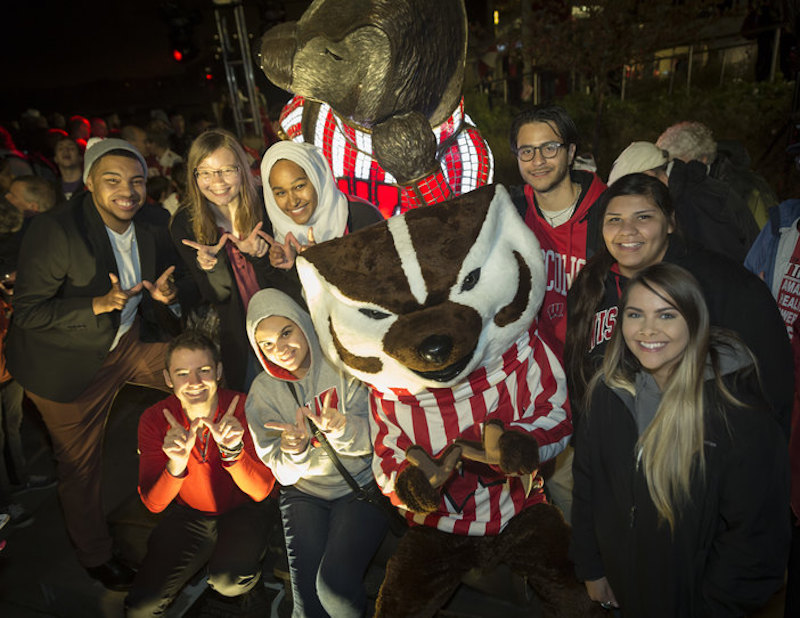 University of Wisconsin-Madison Alumni Park / Creates a bond between campus and local community.
University of Wisconsin-Madison Alumni Park / Creates a bond between campus and local community.
Collective Identity
Whether it be cheering on a sports team or attending an acapella performance, we know that school pride helps build a collective identity among students and a true sense of belonging. So, we cannot underestimate those spaces that encourage students to gather for the big game or their favorite band. Design teams can reinforce this collective identity by embedding locally sourced materials, one-of-a-kind views, and University symbols, logos, and traditions in the architecture and landscape. We continue to hear the importance of creating that ‘instagrammable’ moment for students—that hyper local spot or design element that can only be found on your campus.
Part of collective identity is finding a support system. Generation Z is in need of a stronger, more inclusive support system than ever before. Some institutions have considered a dedicated Freshmen experience, or study spaces that can double as tutoring rooms and highly visible collaboration spaces. We know that Generation Z is hungry for those opportunities to connect beyond their handheld device but may need help in taking that first step. A multipurpose room that is visually open at its edges may welcome what we call ‘passive participation’—the ability to easily observe, introduce, and ultimately welcome participation in whatever might be going on that day.
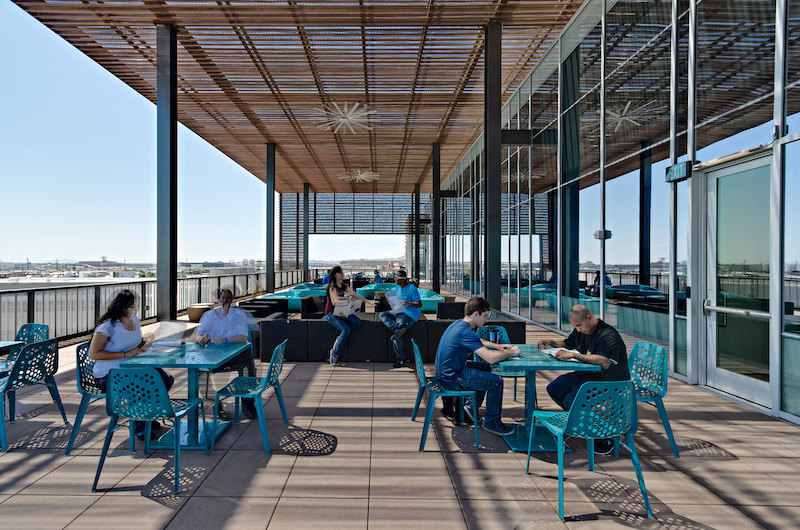 GateWay Community College - Integrated Education Building / A living learning community inside and out.
GateWay Community College - Integrated Education Building / A living learning community inside and out.
Future Moves for Inclusive Environments
One of the more interesting—even ground-breaking—ideas relative to inclusivity is the intentional placement of lowerclassmen and upperclassmen on the same residential floor or hall. With the exception of residential colleges, most universities and colleges have historically separated lowerclassmen and upperclassmen housing. But today, campuses are looking at co-locating these groups for the purposes of built-in mentoring, increased retention and scholastic achievement, and the mutual benefit of modeled behavior. From a design standpoint, projects are finding clever ways to place typically upperclassmen units, like apartments, alongside lowerclassmen semi-suites. This concept of mixing classes embraces a collective identity, encourages multi-class interaction, and promotes a longer, stronger affiliation with the institution.
Speaking of longer, stronger affiliation, Arizona State University is engaging an entirely new audience on campus; the elderly and retired at the Mirabella Project. This idea is taking lifelong learning to a new level by encouraging retirees to live on campus, take classes, and mentor students. Imagine a future where Grandma and Grandpa Baby Boomer are enjoying the learning opportunities, amenities, and events that are uniquely concentrated on America’s college campuses. These new ideas regarding class and age should be considered by every institution as they evaluate what is most appropriate for inclusivity on their campus.
As we’ve seen, designing for the next generation of student life will emphasize inclusivity in both the individual and collective sense. Student Life spaces will be increasingly welcoming, customizable, and enable students to leave their own personal signature. At the same time, we will see an increased focus on collective student support, unique school pride, and multi-class and multi-age collaborations. Thanks for reading and stay tuned for the next post of this series entitled “Digitally and Socially Connected.”
More from Author
SmithGroup | Oct 28, 2024
A case for mid-rise: How multifamily housing can reshape our cities
Often referred to as “five-over-ones,” the mid-rise apartment type is typically comprised of five stories of apartments on top of a concrete “podium” of ground-floor retail. The main criticism of the “five-over-one” is that they are often too predictable.
SmithGroup | Mar 28, 2023
Inclusive design requires relearning how we read space
Pulling from his experience during a campus design workshop, David Johnson, AIA, LEED AP, encourages architects to better understand how to design spaces that are inclusive for everyone.
SmithGroup | Feb 27, 2023
Surfing the Metaversity: The future of online learning?
SmithGroup's tour of the Metaversity gives us insight on bringing together physical and virtual campuses to create a cohesive institution.
SmithGroup | Nov 28, 2022
Data centers are a hot market—don't waste the heat!
SmithGroup's Brian Rener shares a few ways to integrate data centers in mixed-use sites, utilizing waste heat to optimize the energy demands of the buildings.
SmithGroup | Aug 3, 2022
Designing learning environments to support the future of equitable health care
While the shortage of rural health care practitioners was a concern before the COVID-19 pandemic, the public health crisis has highlighted the importance of health equity in the United States and the desperate need for practitioners help meet the needs of patients in vulnerable rural communities.
SmithGroup | Aug 10, 2021
Retail reset: The future of shopping malls
Developers and design partners are coming together to reimagine how malls can create a new generation of mixed-use opportunities.
SmithGroup | May 17, 2021
Future pandemic preparedness at the medical district scale
The current COVID-19 pandemic highlights the concern that we will see more emergency events in the coming years.
SmithGroup | Jan 25, 2021
Amid pandemic, college students value on-campus experience
All the students we interviewed were glad that they returned to campus in one form or another.
SmithGroup | Aug 13, 2020
Renewing the healing role of public parks
While we can’t accurately predict all the ways we will respond to the current COVID-19 pandemic, it should provide a moment of reflection as we see all too clearly the consequences of our exploitation and destruction of nature.
SmithGroup | Jul 21, 2020
How design of senior living communities must change after COVID-19
The cost of maintaining high quality of care and high quality of life for senior living communities has increased up to 73% for senior living communities that remain free of COVID-19 and up to 103% for COVID-19 positive senior living communities.

